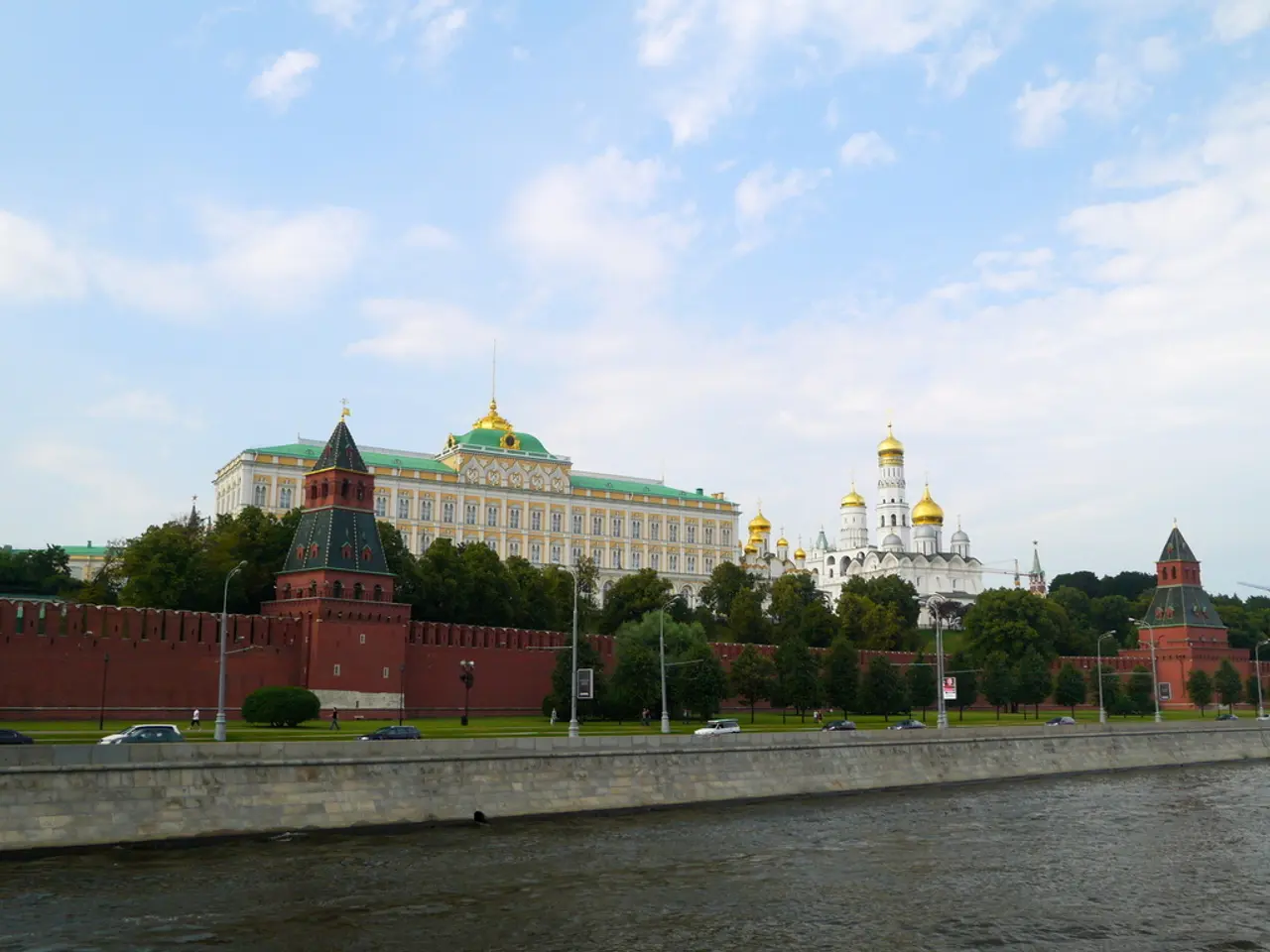Water Shortage in Iran Urges Citizens to Limit Shower Time Due to Dams Drying Up
Iran, a country known for its arid landscape, is currently grappling with its worst water shortage in decades. The crisis, exacerbated by decades of mismanagement of water resources and a record-breaking hot and dry summer, has affected 24 out of 31 provinces in the country.
At the heart of the issue lies the fact that most rivers in Iran are seasonal, and two-thirds of the precipitation evaporates before reaching the soil. This arid condition, combined with the construction of over 600 dams since the 1970s, has led to empty dams, depleted aquifers, and a deepening water crisis with no quick solution in sight.
Tehran, the capital city, is one of the hardest-hit areas. Some reservoirs in the city are at only 7% of their capacity, raising serious concerns about the city's water supply. The agriculture sector, which accounts for 90% of Iran's water consumption, is also feeling the pinch, with farmers struggling to irrigate their crops.
The Iranian government has acknowledged the severity of the situation. President Masoud Pezeshkian has spoken openly about the crisis, attributing it to the hot and dry summer of this year. He has also announced discussions about the dismantling of dams as a potential solution to the water shortage.
Experts are now advocating for "de-damisation", the removal of dams, as a solution to revitalize key marshlands and rivers, restore biodiversity, and help mitigate dust storms in some areas. This approach, they argue, could help Iran overcome its water crisis sustainably.
However, Iran's water woes are not just about water management. International sanctions have blocked Iran from accessing advanced water management technologies, such as desalination and smart irrigation systems. This lack of access to modern technologies has compounded the water crisis.
In an effort to conserve water, the Iranian government has launched a public awareness campaign, urging citizens to save water. Despite this, the average water consumption per person in Tehran remains high at 250 litres daily, far above the global average of 150 litres.
The water crisis has added another burden for Iranians, who are already anxious about a possible return to war with Israel. In a surprising turn of events, Israeli Prime Minister Benjamin Netanyahu offered to help solve Iran's water crisis, but President Pezeshkian dismissed the offer as a "mirage."
Sabotage of pipelines has also been a concern, with incidents reported elsewhere in Iran. In Isfahan, central Iran, a pumping station was set on fire, cutting drinking water to Yazd province due to anger over the dried-up Zayandehrud river.
As Iran navigates this complex water crisis, finding a sustainable solution will require a combination of effective water management, technological advancements, and public cooperation. The stakes are high, and the future of Iran's water supply hangs in the balance.
Read also:
- visionary women of WearCheck spearheading technological advancements and catalyzing transformations
- Recognition of Exceptional Patient Care: Top Staff Honored by Medical Center Board
- A continuous command instructing an entity to halts all actions, repeated numerous times.
- Oxidative Stress in Sperm Abnormalities: Impact of Reactive Oxygen Species (ROS) on Sperm Harm








